Information
The Weight of Paper
 Paper comes in all sizes and colors, but did you know you can get it in just as many thicknesses and weights? Learning how to decipher the weight of paper is important to getting exactly what you expect when you place your next printing order.
Paper comes in all sizes and colors, but did you know you can get it in just as many thicknesses and weights? Learning how to decipher the weight of paper is important to getting exactly what you expect when you place your next printing order.
The most common way to distinguish the thickness of a paper is by the pound number on the package. You’ve probably heard of 20# or 28# paper and wondered what it meant. The number refers to the physical weight of 500 sheets (also known as a ream) of the paper at a specific size. That specific size (known as the ‘basis size’) is dependent on the class of paper in question, which can lead to even more confusion when choosing the right stock for an invitation. The thicker the sheet is, the heavier the paper, and the higher the number.
The term “bond” refers to copier or printer paper. The weight of bond is determined by weighing 17×22″ sheets. The average weight of a ream of 20# bond is, you guessed it, 20 lbs. While bond paper is measured in 17×22″ sheets, offset paper sizes are usually different, so the numbers will be different. Offset paper is the type of paper used in printing presses, versus copy machines. These sheets are weighed at a basis size of 25″x38″. So a sheet of 60# offset paper feels the same as a sheet of normal 20# bond paper because the the measurement size is bigger in the offset sheet.
Equivalent bond/writing and offset weights:
Confused yet? The problem compounds itself when comparing bond and offset papers to cover and card stocks, which have their own rules for measurement. The kind of cover stocks used in postcards and business cards use a basis size of 24″x36″ and can range from 60# to over 130#.
Hopefully this gives you a basic idea of how to ask for the right paper for the job at hand.
Remember: Bond/Offset is for letters, brochures, and everyday printing; Cover is for business cards and postcards. There are other types of paper, of course, but if you understand the basics you’ll be just fine. It’s not enough to ask for a 60# paper, you’ll usually need to specify the class, too.
